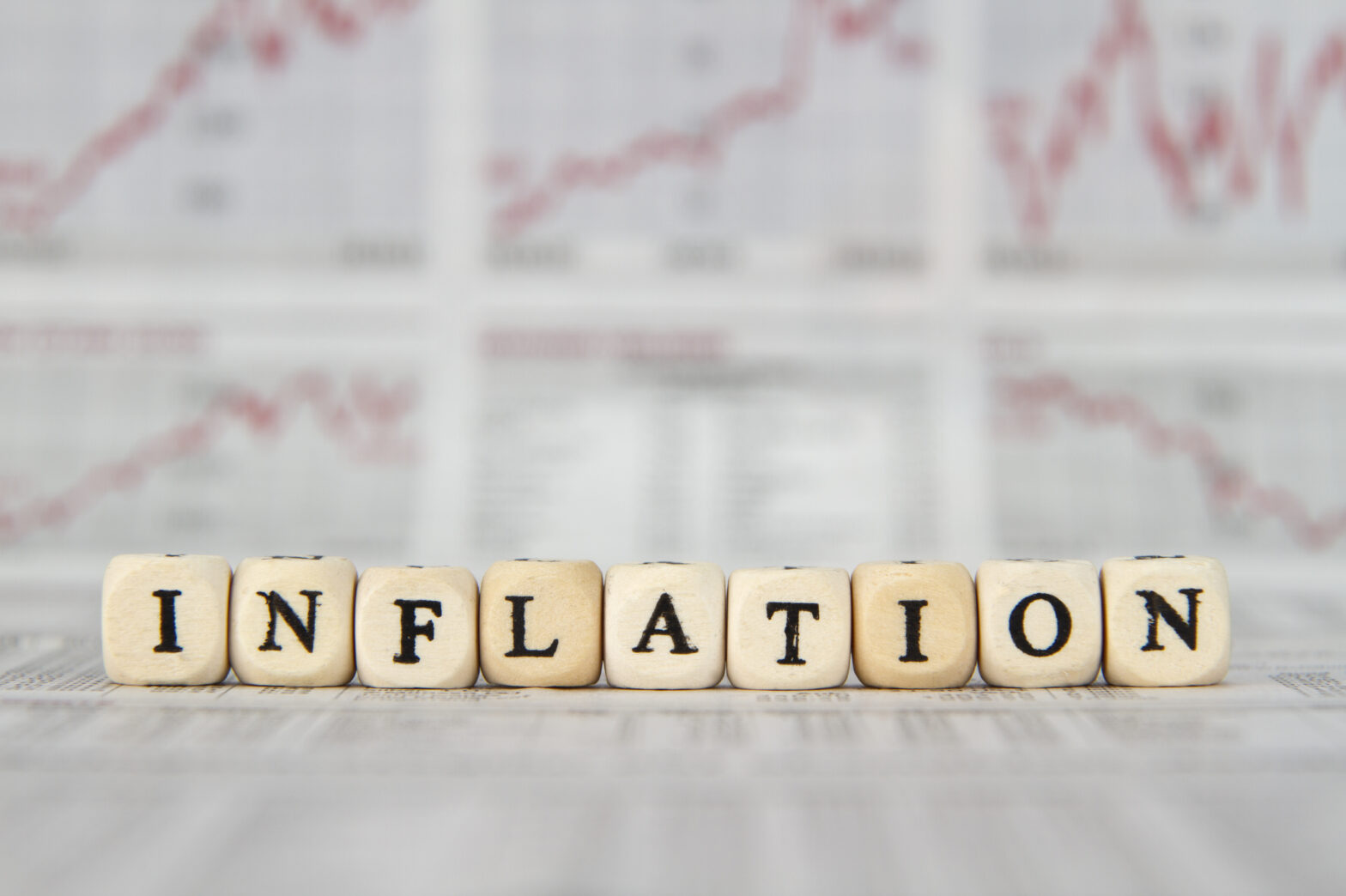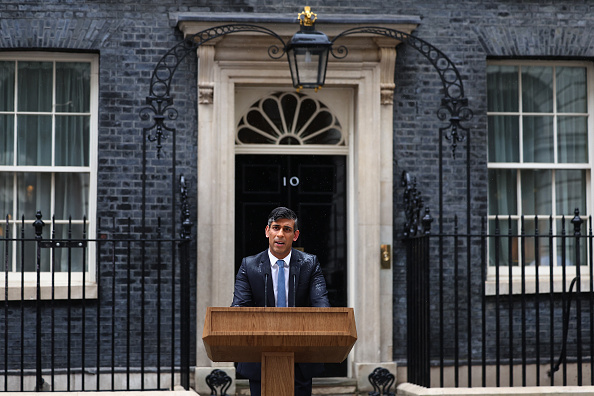London households have experienced inflation almost a third higher than those outside the capital over the last 20 years, according to findings from financial planning and investment management group Tilney. The Household Inflation Index analysed Office of National Statistics (ONS) data, dating back to 1997, and found that households within London have seen overall inflation of 59.7 per cent, while for the rest of the UK, it’s 45.6 per cent.
Inflation, an increase in prices and associated fall in purchasing power, is calculated by looking at the changing prices of items in an average household’s basket of goods. Londoners have experienced higher inflation to everyone else because of crucial differences in what they spend their money on, and on how the prices of those things have changed.
Housing is the main culprit, but not the only one. Londoners’ housing costs, which include renting and buying homes, as well as maintenance, have risen by 123 per cent, since 1997 compared to 84 per cent for those outside London, thanks in particular to the soaring cost of buying and renting homes in the capital. Not only have London’s housing costs gone up faster, Londoners also devote a much bigger share of their overall spending to housing: £3 in every £10, compared to £2.50 in every £10 for those elsewhere.
Meanwhile Londoner’s transport costs have risen by 51 per cent, while everywhere else, households have seen their transport costs rise 38 per cent over the last 20 years. This is mainly because fares, which have risen dramatically in price, make up over a quarter of Londoner’s total transport budget, compared to just £1 in every £11 for those outside London. Those outside the capital rely more on cars, and the cost of buying and maintaining a vehicle has risen much more slowly than fares. Londoners also devote twice as much of their spending to education (mainly private school fees). This makes up two per cent of their total spending, compared to one per cent for those outside the capital. Education costs have inflated by an astonishing 326 per cent in the last 20 years.
Andy Cowan, head of financial planning at Tilney, says, ‘Inflation is often seen as a single figure affecting all households in a uniform way, but price rises and falls have varied dramatically across different goods and services over the last 20 years. This means that individual households can experience inflation very differently, depending on what they spend their money on.
‘Our analysis also shows that a typical London household would need any savings or investments over the last 20 years to have generated a tax-free return in excess of 60 per cent, just to stand still in real terms. Our research has also shown that wealthier households, with greater exposure to items such as private school fees, have endured even higher inflation. This is where astute financial planning to maximise tax efficiency and an appropriate investment strategy designed to outpace inflation comes into play. When investing money for the future, households need to appreciate how their inflation might differ to others because of how they spend their money. They also need to know where to put their money to beat inflation in the long run.’





